Practical 3D Printing and the Open Source Community
Kyle Rankin
Systems Engineering Lead
Artemis Internet, Inc.
Agenda
- Who am I?
- My 3D printing hobby
- What I've made so far
- How did we get here?
- A little history
- Current state of the art
- What's next?
Who am I?
- Linux user since the late `90s
- I like to stay busy
- Day job: Lead Sysadmin for Artemis
- Hiring a team to build .secure TLD infrastructure
- Outside of work: author, columnist
- Outside of that, hobbies.
Hobbies
- I have way too many hobbies
- Basically I like to learn new things
- Some examples:
Brewing
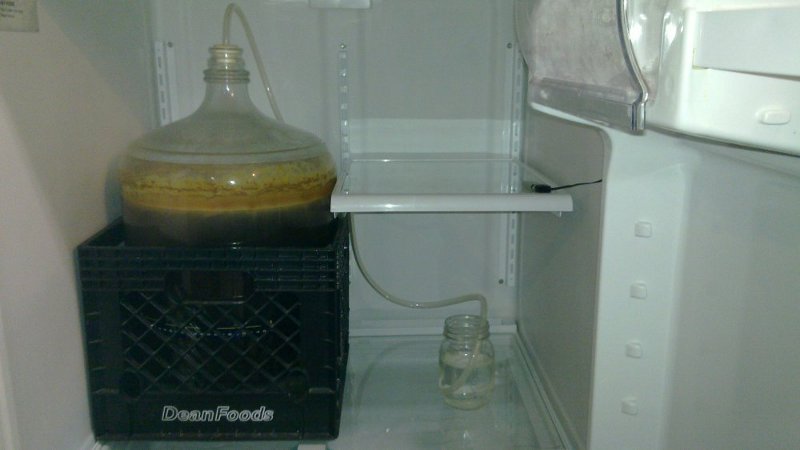
BBQ

Bacon

Banjo
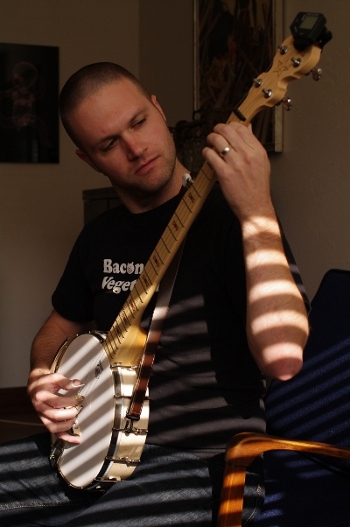
Baby!

3D printing
- What is 3D printing?
- I'm a Linux geek, not a hardware hacker
- Followed the community for a year before buying
- The community ideal: Prusa Mendel kit for ~$800
- Self-sourced: $550-$600
- Started scheming...
The Printrbot
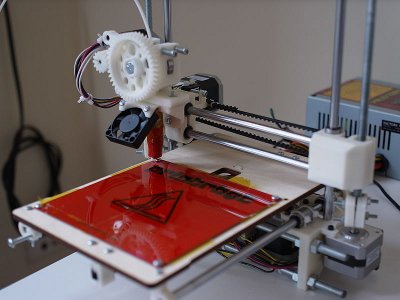
- Hugely successful 3D printer kickstarter
- Starting price ~$500 for a complete kit
- Bought a printrbot
- Reasonably simple to assemble (no soldering)
- Calibration still takes some time, patience.
What I've Made so Far
- Thingiverse full of various objects
- Many are just 3D printer parts
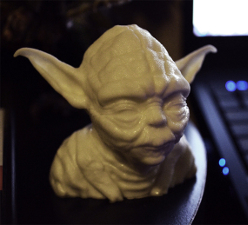
- or sculptures
- Hard to justify a 3D printer at home with that
- Here are some useful objects I've made so far
Bottle Opener

Toothpaste Key

Watering Spout

Paper Towel Holder
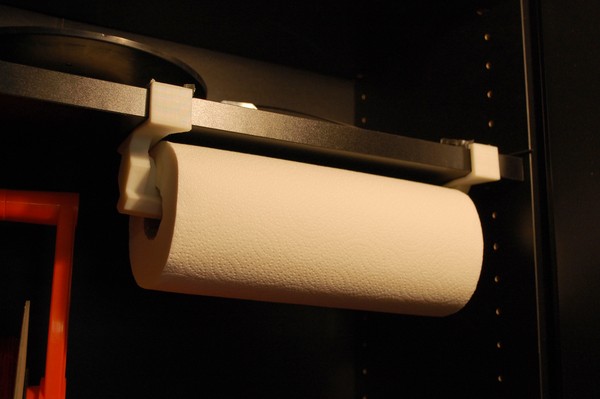
Broom Butler
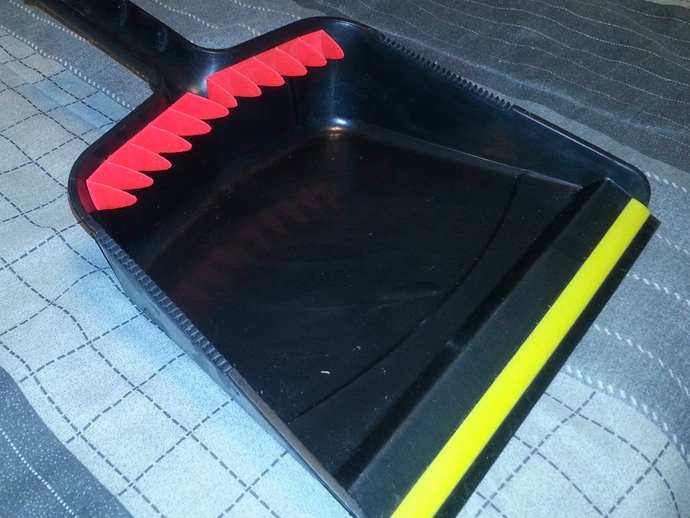
Dishwasher Parts

Baby Keys
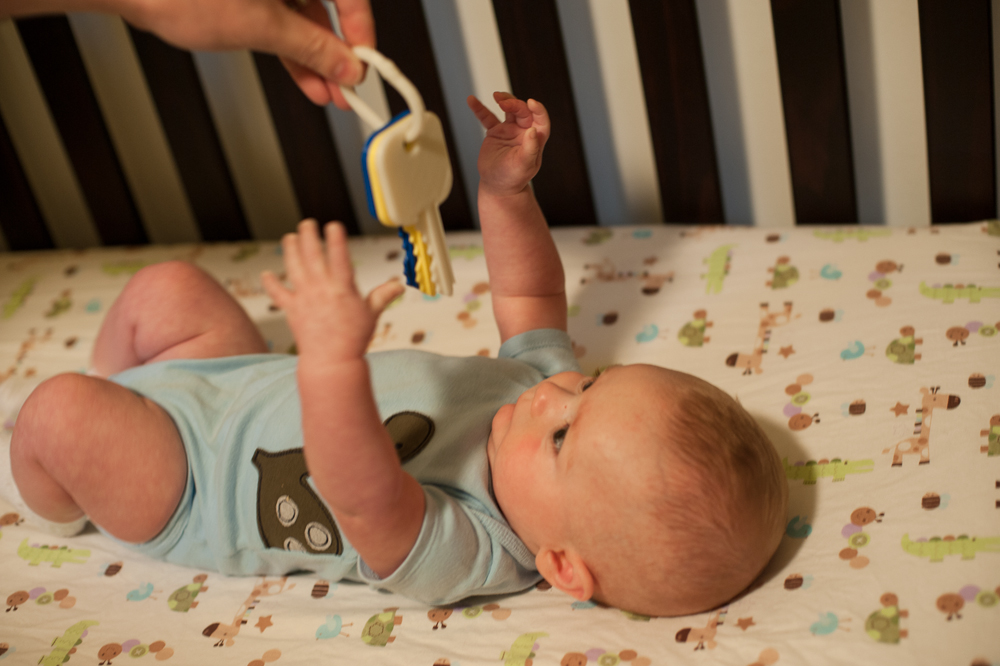
Roll-a-hedgehog

How did we get here?
- Why could I have this technology?
- tl;dr: Open Source Software
- Most hobbyist 3D printers open hardware + software
- Hardware designs on Thingiverse, wikis
- Arduino-based electronics with open-source firmware (Marlin, Sprinter)
- Open source slicers (slic3r), interfaces (printrun)
- 3D community story maps pretty closely to Linux story.
A little history
- 1990s: 3D printers expensive ($200k+), commercial
- Mostly found in large (Fortune 500) companies
- 2002: Stratasys Dimension released as low-cost ($29k) printer
- 3D printers starting to find way into smaller companies, universities
- Basically: it was commercial UNIX.
RepRap Beginnings

- Feb 2004: Adrian Bowyer writes paper introducing RepRap idea
- Like the initial Linus "Hello World" post
- March 2005: RepRap blog is started
- September 2006: RepRap 0.2 prototype prints first part for itself
- The Debian of 3D communities.
RepRap Darwin

- March 2007: First RepRap Darwin built with Stratasys Dimension
- September 2007: Second Darwin finished by Vik Olliver
- 2008: Community building first Darwins
- February 2008: Zach Smith (of Makerbot) gets his Darwin working
- May 2008: A Darwin prints a full working set of Darwin parts
- 2008: RepRap community starts side businesses selling RepRap parts
- Reminds me of Linux CD businesses from the `90s.
Makerbot
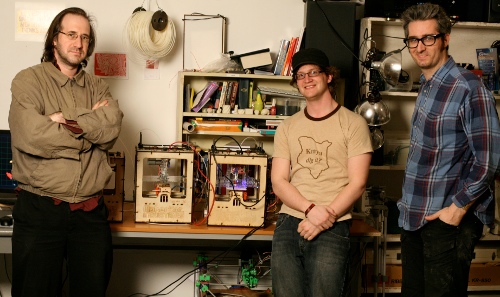
- November 2008: Thingiverse is created by Zach Smith
- Arguably the most important 3D printing contribution since RepRap
- January 2009: Makerbot founded by Bre Pettis, Adam Mayer, and Zach Smith
- Seed money from (among others) Adrian Bowyer
- Becomes the popular commercial example of hobbyist 3D printers
- Reminds me of Red Hat in many ways.
Makerbot Cupcake CNC
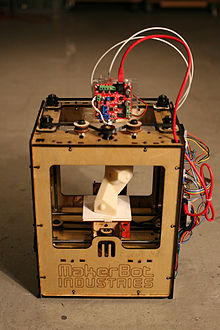
- March 2009: Makerbot releases Cupcake CNC
- Designs for printer released on Thingiverse
- Laser cut wood instead of steel bars
- 100mm x 100mm x 130mm build area
- ~$750
- 2009 - Makergear founded, starts selling custom Makerbot kits.
RepRap Mendel
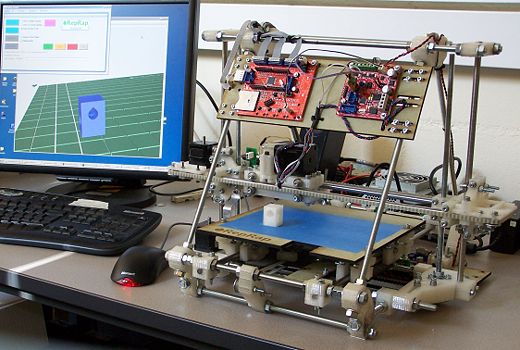
- October 2009: RepRap Mendel released
- Many design improvements over Darwin, smaller, cheaper to make
- Easier to assemble
- 200mm x 200mm x 140mm build area, .5mm nozzle, .3mm layer thickness.
Prusa Mendel
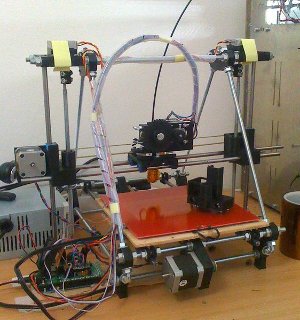
- September 2010: Prusa Mendel released
- Streamlined version of original Mendel
- Makes it even cheaper and simpler to build
- Possibly becomes most popular RepRap
- February 2011: Makergear sells complete Prusa Mendel kits for ~$800.
Makerbot Thing-o-Matic

- September 2010: Makerbot Thing-o-Matic released at Maker Faire
- Around same time as Prusa Mendel
- Opening price $1225
- 100mm x 100mm x 100mm build area, included add-on upgrades from Cupcake.
Printrbot

- November 2011: Printrbot kickstarter announced, $25k goal
- "A printer in every home"
- RepRap design based off Prusa Mendel and Mendel 90
- Even simpler design, fewer components, cheaper to make
- Offers $499 complete printer kit as reward
- 150mm x 150mm x 150mm, .5mm nozzle, .3mm layer thickness
- December 2011: Kickstarter closes, raising $830k
- The Ubuntu of 3D printers.
The Floodgates are Open
- 2012: Year of the 3D printer kickstarters
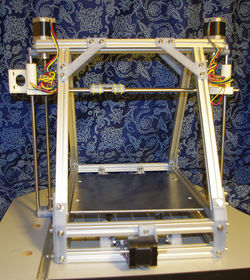
- December 2011: MendelMax released, ~$1300 for complete kits
- 230mm x 250mm x 175mm build area, .35mm nozzle, .1-.3mm layer thickness
- Based on Mendel, features aluminum extrusion frame, faster prints
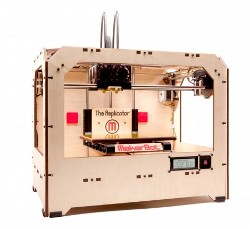
- January 2012: Makerbot Replicator released for $1749
- 225mm x 145mm x 150mm build area, .4mm nozzle, .2-.3mm layer thickness
- Offered dual-extruder upgrade.
The Replicator 2
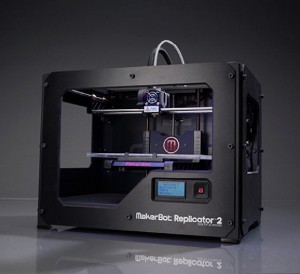
- September 2012: Makerbot announced Replicator 2 for $2199
- 285mm x 153mm x 155mm build volume, .4mm nozzle, .1mm-.3mm layer thickness
- Abandons the hobbyist laser-cut wood look
- Replicator 2 goes closed source
- Thingiverse Terms change, Thingiverse owns submissions
- Community backlash, 'Occupy Thingiverse'
- Similar to RHEL trademark backlash.
Today
- Current state of the art + price points:
- $400 - Printrbot Jr. kit ($500 assembled)
- $500-700 - Printrbot, Solidoodle
- $700-1000 - Prusa kits, Printrbot plus, entry Bukobot
- $1000-1400 - Bukobots, MendelMax, Makergear M2
- $1400+ - Makergear M2, Ultimaker, Replicator2.
More Help Justifying Your 3D printer
- 3D printing is more popular, attracting new contributions
- Quality/usefulness of 3D models on Thingiverse increases
- More emphasis on design, ease-of-use
- A lot like when Linux hit more of the mainstream
- Here's a small sample of what you can print today:
Lego adapters

Fairytale Castle Playset

Tractor

Vending Machine
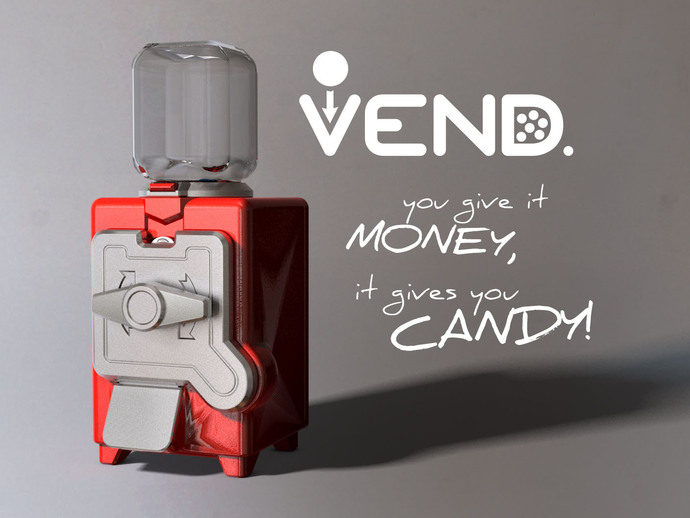
Rubber-band/Nerf guns

Real guns
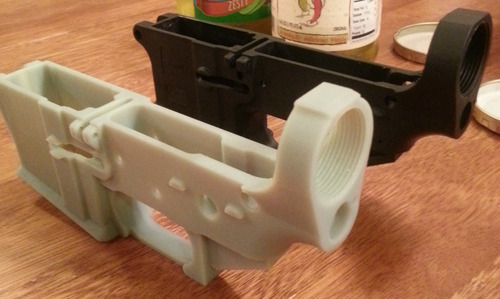
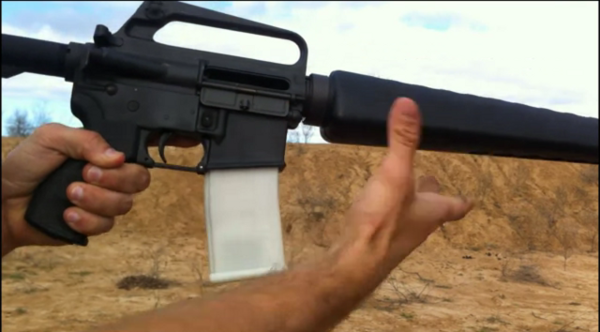
What's Next?
- 3D Printing even on the President's radar
- Hobbyist printers continue to improve performance, resolution
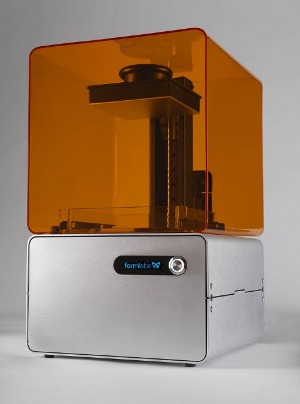
- Form Labs Form 1: $3299
- Uses stereolithography instead of Fused Deposition Modeling (FDM)
- Filabot generates filament from old plastic
- 3D scanning more prevalent
- Allows regular people to make things themselves
- Prepare for a future copyright fight.
Questions?
Additional Resources

































